New seafood waste material can absorb pesticides and herbicides from produce and possibly extend its shelf life
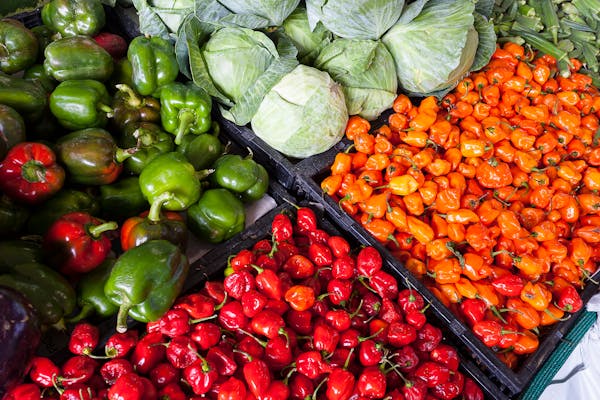
University of Maryland researchers have developed a material from seafood waste that can remove chemical pesticides and herbicides from fruits and vegetables. This material could help extend the shelf life of produce, making it a valuable tool for preserving agricultural harvests.
The new technology, derived from crab and shrimp shells, is designed to form a microscopically thin nanocrystal layer on the treated produce, removing chemical residues. The work, published in Matter, was a collaboration among researchers in the Departments of Materials Science and Engineering (MSE) and Nutrition Food and Science (NFSC).
“This work offers a viable solution to improve food safety associated with our daily life,” said Qin Wang, a professor in nutrition and food science and collaborator in the study.
Pesticide residues on fruits and vegetables have been linked to severe health problems, including increased risks of cancer, attention-deficit hyperactivity disorder and Alzheimer’s disease. Common household cleaners, ranging from vinegar and soda solutions to more costly alternatives like hydrogen peroxide and ozone, are widely used to remove pesticides and herbicides, but they are either ineffective or damage the produce’s appearance and taste. The washing process itself may also shorten the shelf life due to “micro-wounds” like bruises formed on the fruits’ surface.
To address this issue, researchers developed a new type of porous material made of chitosan (abundantly present in shellfish waste) and copper, which has antimicrobial properties, and sprayed a thin layer on strawberries.
The researchers employed a smartphone app that consumers could use at home to check the chemical residue level, which found this new material was effective in absorbing them. The coating also enhanced the fruit’s shelf life and was easily rinsed off.
Consisting only of materials and chemicals that are Generally Recognized as Safe (GRAS), a designation established by the U.S. Food and Drug Administration, the technology is also highly scalable.
Now that you've reached the end of the article ...
… please consider supporting GSA’s mission to advance responsible seafood practices through education, advocacy and third-party assurances. The Advocate aims to document the evolution of responsible seafood practices and share the expansive knowledge of our vast network of contributors.
By becoming a Global Seafood Alliance member, you’re ensuring that all of the pre-competitive work we do through member benefits, resources and events can continue. Individual membership costs just $50 a year.
Not a GSA member? Join us.
Author
Tagged With
Related Posts
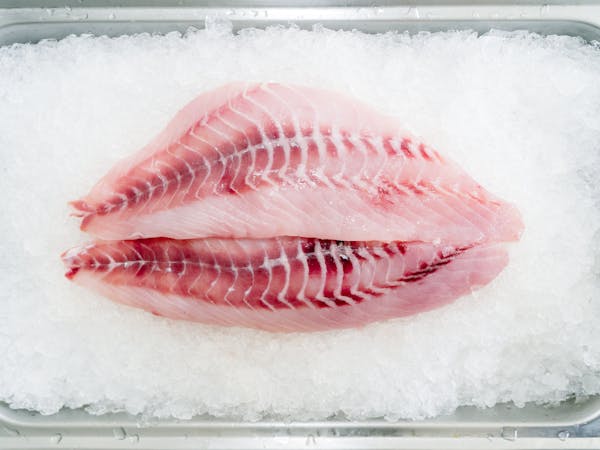
Intelligence
What seafood preservation techniques best minimize food waste?
A new study outlines innovative seafood preservation methods that could reduce food waste and costs in the seafood processing industry.
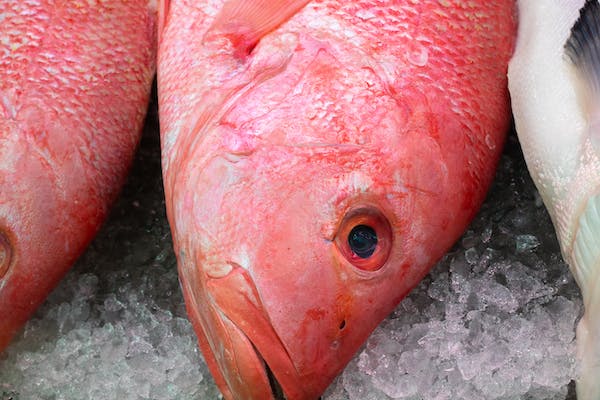
Responsibility
Seafood loss and waste rate in the United States is half of previous estimates
A study puts U.S. seafood loss and waste at 22.7 percent, far lower than earlier estimates reported in the scientific literature.
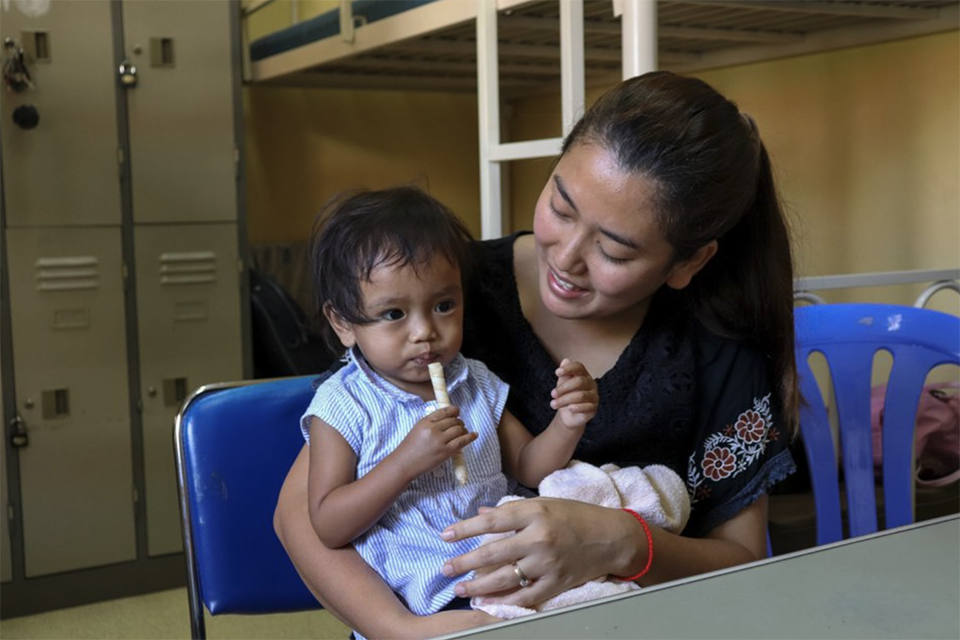
Responsibility
Eat the whole fish: A discussion of culture, economics and food waste solutions
The Big Fish Series explored the logistical and cultural challenges in front of greater whole-fish consumption and how much seafood is being wasted.
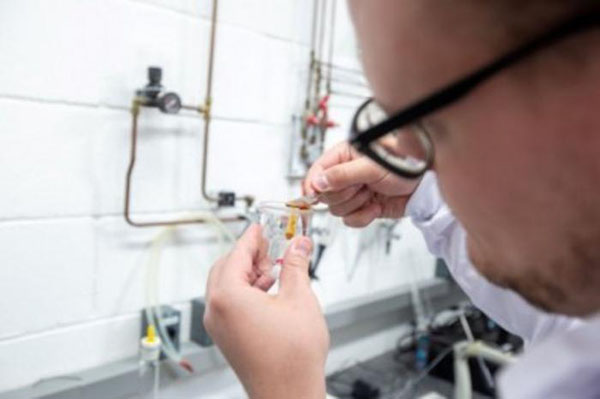
Innovation & Investment
Researchers develop a biodegradable film that keeps food fresh for longer
A new biodegradable film is a derivative of limonene from citrus rind, blended with chitosan, a biopolymer from exoskeletons of crustaceans.



